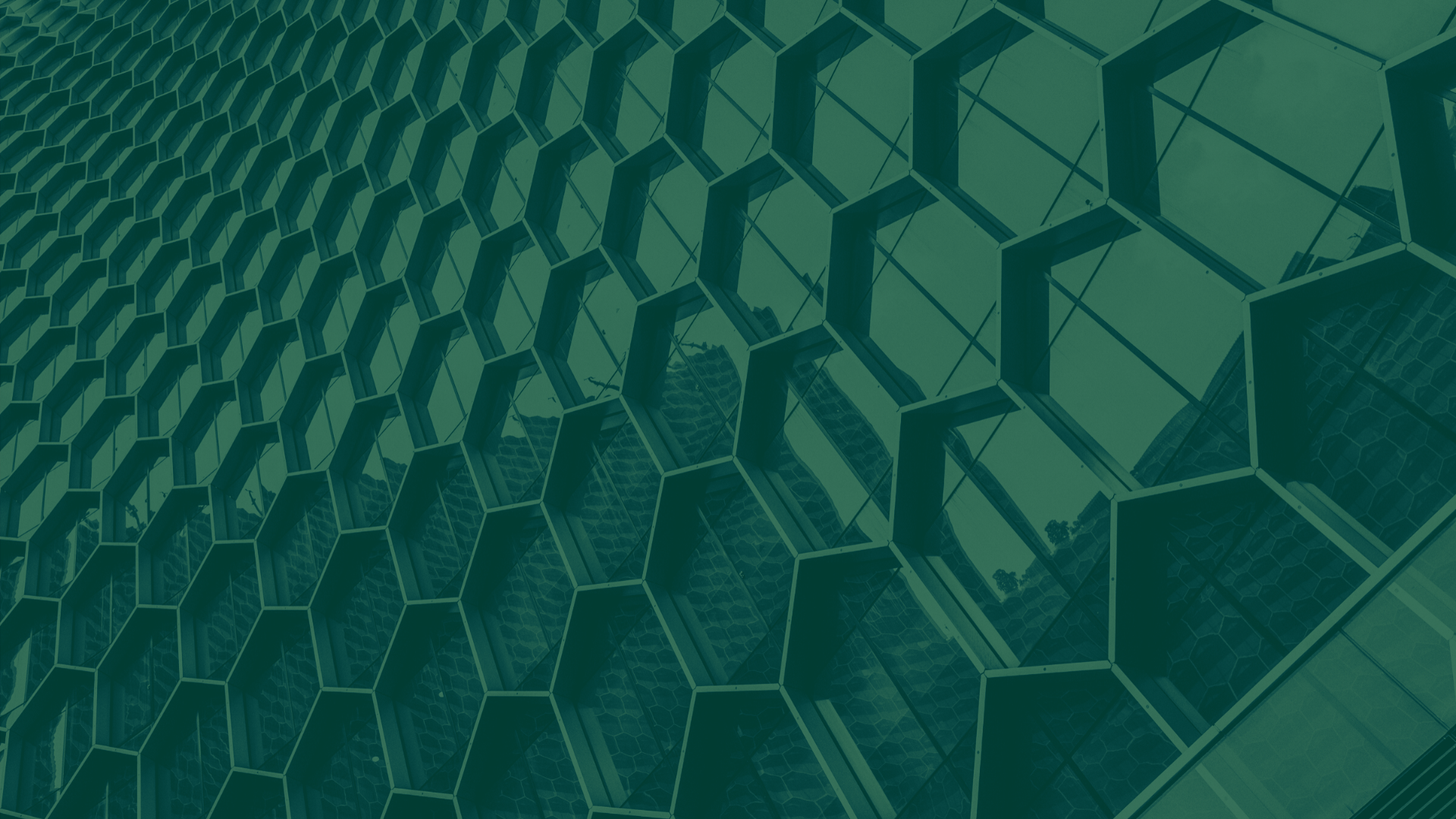A typical reaction. People express pain and suffering. Social media gets flooded with pleas for help. And those who can, spring to action and start mobilizing relief efforts—perhaps driven by compassion and the sincere desire to help. Perhaps by guilt. And some probably out of the need to feel important or relevant. Those who need help will not ask – why are you doing this?
Since we are pushing for resilience, maybe it is time to ask these essential questions. Why do people help when disaster strikes — when there is visible evidence of loss, pain, and suffering? What is it with disaster situations that make them more compelling that people rush in to help? And why is it that the monotonous daily grind of abject poverty and injustice is often overlooked and doesn’t seem to command any outpouring of compassion?
If the answer is because we do not wish for the same thing to happen to us or to anyone close to us; and when they do, we would want others to also help out, then wouldn’t the same logic apply to your ordinary case of people suffering from hunger and homelessness due to poverty?
If the answer is because we need to attend to a disaster faster and extend help more urgently, then the same should apply to situations where people are on the brink of death because they have no resources to pay for food or medicine.
An article by Socialpsycheonline shared the study conducted by Hanna Zagefka and her colleagues, which explains why people are more likely to help during a disaster. And they boil down to two key points.
First, people are less inclined to donate or help out when they feel that the beneficiaries were somehow responsible for their predicament. This explains why poverty does not seem to have the same effect as an earthquake or any disaster.
And second, people are unwilling to help out if it appears that the victims have not exerted any effort to help themselves. More are inclined to help if they believe that the beneficiaries have tried to do something to alleviate their condition.
It has only been over a week since the community quarantine, and the travel restrictions to control the spread of COVID-19 was announced. Admittedly, these measures have created a lot of inconvenience for many, particularly the poor and those who live on a daily wage.
Companies have started to respond by offering payment deadline extensions, reprieve on penalties, and interests. Some have begun to provide donations to help jump-start the economy after the situation goes back to normal.
Now, individuals are starting to mobilize and respond to the pain and suffering that are being reported by all sources, usually social media.
These are all fantastic developments. And they clearly show that our Bayanihan spirit is alive and well.
My only hope is that all these compassion and desire to help are not wasted because they were given out prematurely or that they were used for something that does not move the needle towards building back better.
The quarantine and the travel restrictions have been set for a month. But in reality, we do not know how long this outbreak is going to last. We may need to be more prudent in our donations because we may be in this for a much more extended period.
The government is doing its best to attend to the emerging needs of the people. And from the way some LGUs are responding, it appears that there are resources available to get this done.
Help if you must or if you feel the need. Those that benefit will genuinely appreciate it. And clearly, there is a need. Just think about the possibility of a long haul and the need to bounce back better from all this.
Reference:
Psychology of Disaster Relief: Helping When Disaster Strikes. (2017, October 1). Social Psych Online. https://socialpsychonline.com/2017/10/helping-when-disaster-strikes/
Featured Image:
“Aid Distribution” by PNA Joey O. Razon


